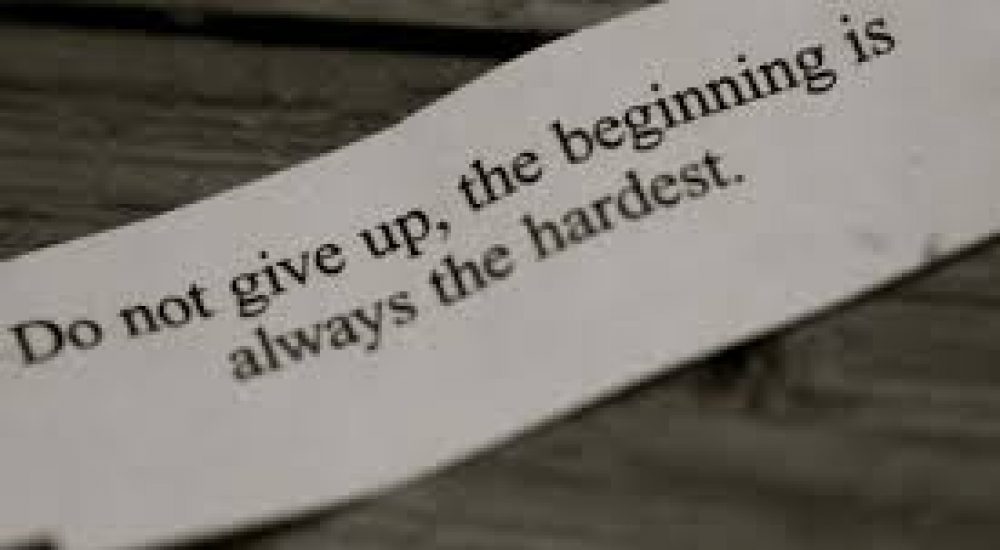Just recently, I started working for the juvenile justice system in the city government.
Juvenile justice is a field of youth work that has always intrigued me with having done much academic research on it. At the same time, I knew that I would be opening myself up to experiences and situations that I would never have opened myself up to in any other field of youth work and not all of them were positive. I have seen youth exhibit behaviors and characteristics that I have never seen in any other young person I have worked with in the past. Just the other day, I was dealing with a situation with an irate 13-year-old boy who had to be physically restrained by one of my colleagues.
When talking with staff after the situation, they said to me regarding the youth, “He’s got a lot of stuff going on in his life right now. I mean, if you knew about his family situation, it would break your heart.” This is not the first time I have heard a youth’s situation described that way.
I am still trying to process all that I am seeing in this new environment. One of my first thoughts was that the juvenile justice system is not a prison – it is an orphanage for teenagers. It is a place where society sends all youth that it does not know what to do with. No, these youth may not be physically and legally orphaned, but many have been neglected and disregarded by their families of origin. If I didn’t think the concept of family was important before I entered the juvenile justice system, I surely do now!
So where does youth programming and after-school programming fit in to all of this?
In the Positive Youth Development model and philosophy, the first need of a young person that programs should address is safety and structure. Another that is just as important is belonging and membership. The youth I am encountering in the system have not been treated safely and in a structured way and what they are a part of now is not something they wish to be a part of.
The first place a young person should encounter safety and structure is in the family. No child should ever have to fear for their lives because they have the support and protection of a loving family surrounding them. Whether we believe it or not, we all need a safety net. If we are privileged, then we encountered that safety net in our families.
One step beyond the family is where community comes into play – which is where after-school programming and youth programming should be integrated. I am sure all of us have examined and mulled over how our after-school programs are bringing about results and torn through evaluations, but have we ever stopped to think, how do our programs resemble a healthy family or community atmosphere? I used to do youth programming at a family homeless shelter and, without this being one of my goals, a youth put on his evaluation that “at Teen Night, we are all one big family.”
Is your program integrating the needs of safety and structure and belonging and membership into its strategic plan?
Consistency plays a big part into this as well. Are you making it possible for your staff to stay for 3+ years with your youth?
Don’t get me wrong. I am not saying that in any way that the youth program should replace the actual family of a young person.
I am saying that a program should be doing all it can to support and strengthen the family and community that a young person is coming from. I’m sure that if we are to think long and hard, we all identify ourselves partially by where we come from and where we feel we belong. As you set up for your programs this afternoon, let’s give our young people a loving, nurturing place where they can belong.
My wife and most recently acquired a juicer and we have been juicing many of our breakfasts. Our most recent creation was a juice composed of apples, watermelon, carrots, and a little bit of ginger – delicious!
Author Profile: @andym
